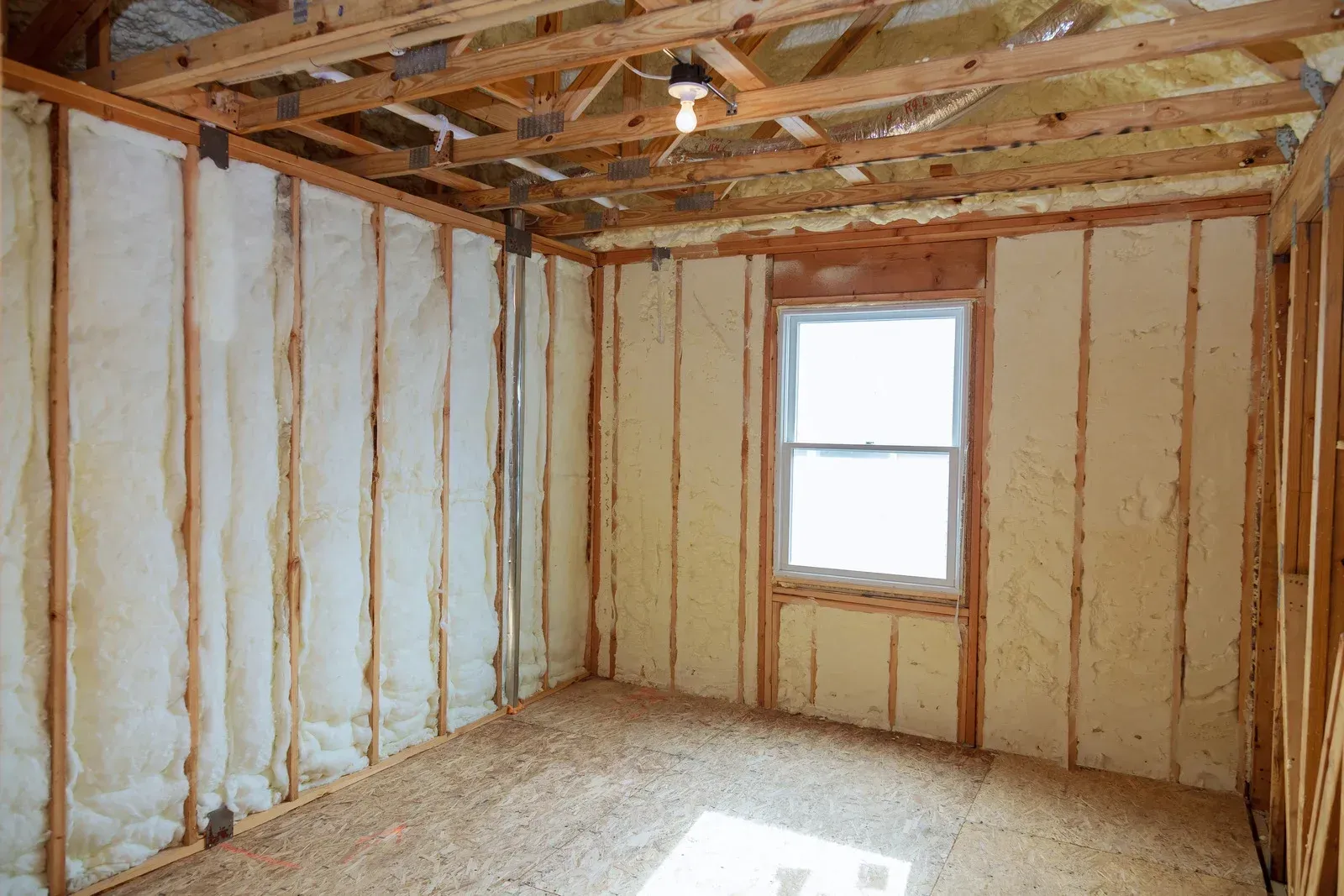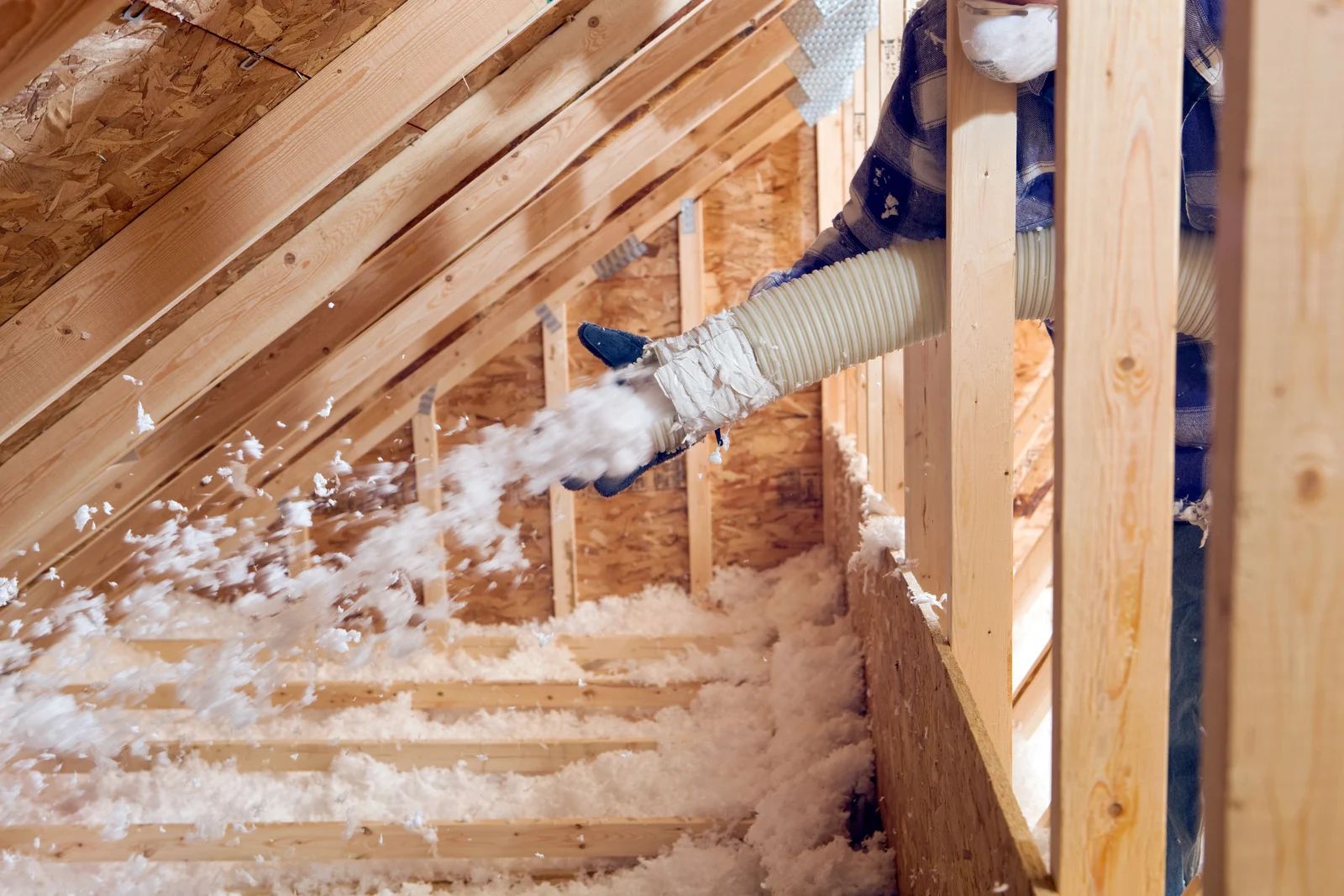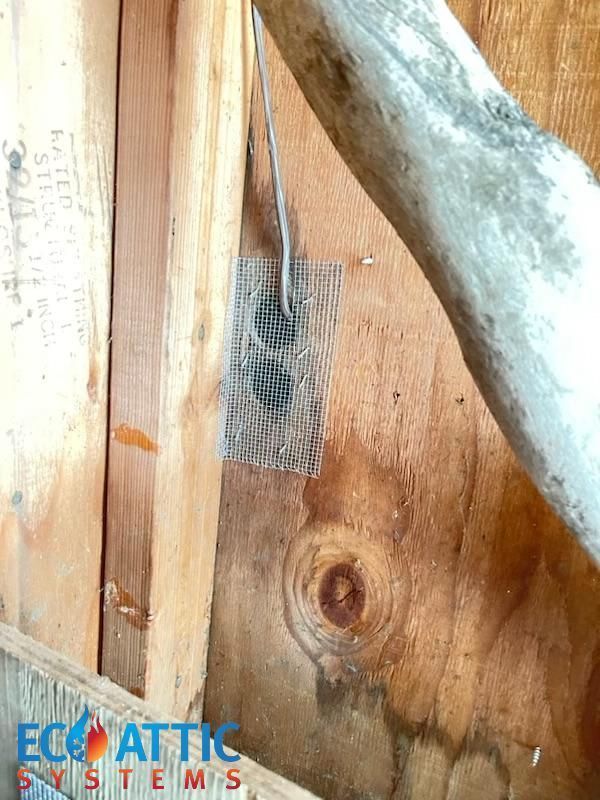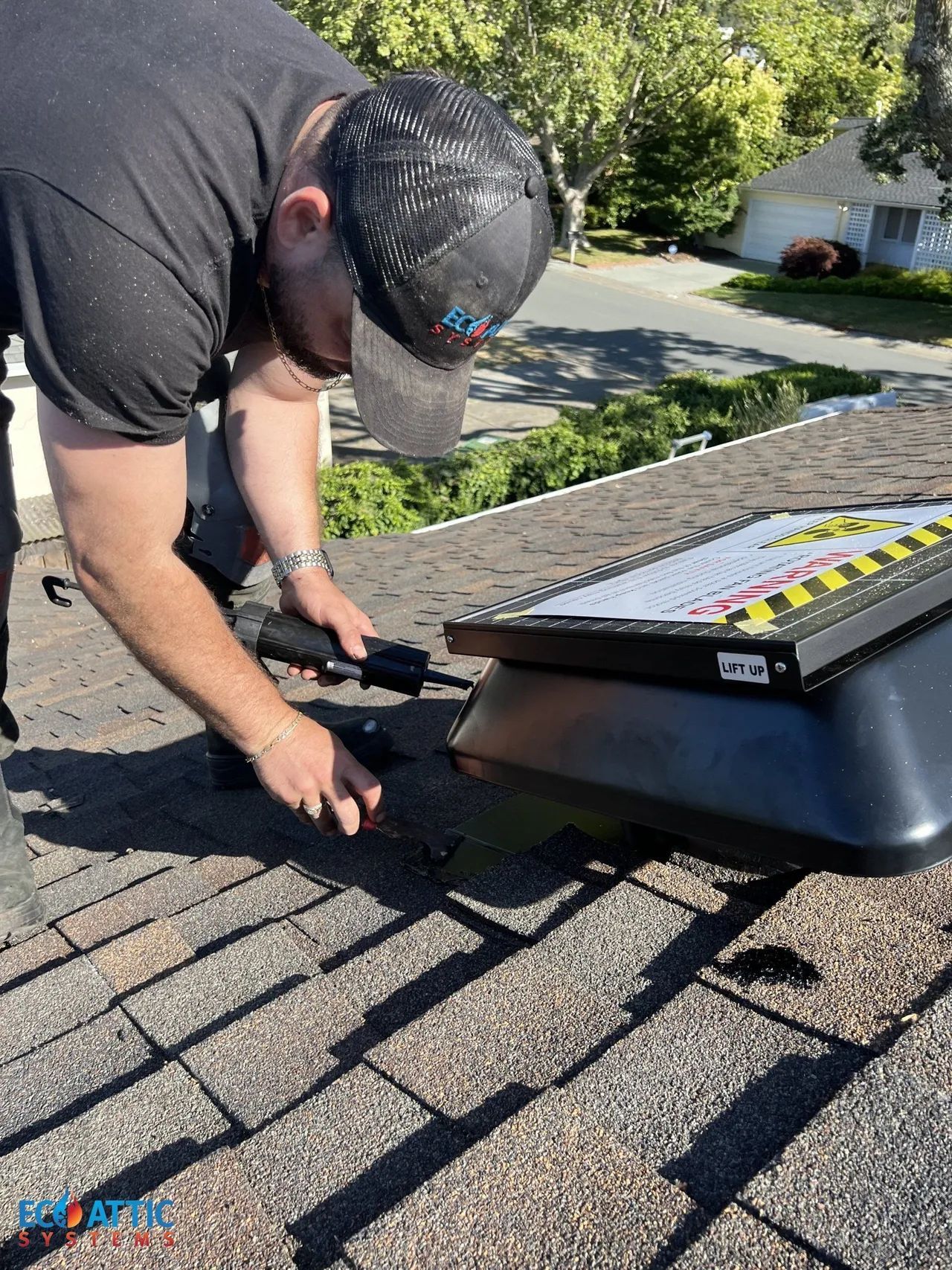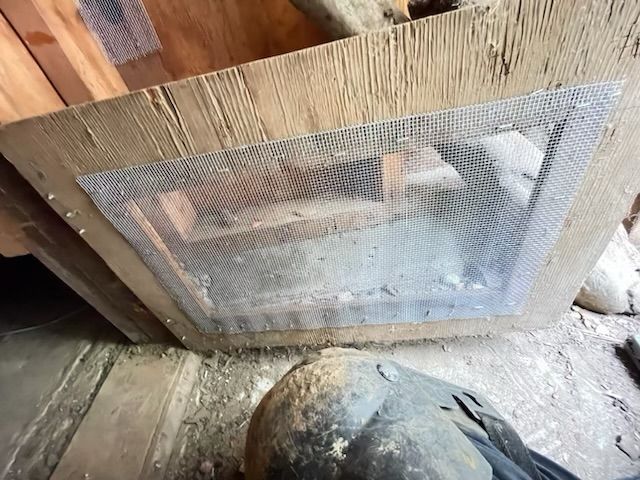Key Factors For Effective Batt Insulation Installation And Maintenance
Batt insulation, a common form made from fiberglass, rock wool, or cotton, is widely used in homes and buildings for thermal regulation. However, the effectiveness of batt insulation largely depends on proper installation and maintenance. This blog explores the key factors contributing to batt insulation's efficiency.
Understanding Batt Insulation
Before diving into installation and maintenance, it's essential to understand what batt insulation is and how it works. Typically, batt insulation is pre-cut into flat pieces designed to fit snugly between the studs and joists in walls and ceilings. It works by trapping air within its fibers, reducing heat transfer, and improving energy efficiency.
Key Installation Factors
- Measuring and Cutting : Proper measurement and cutting are crucial. The insulation must fit snugly in the space without gaps. Over-compression or leaving spaces can drastically reduce its effectiveness.
- Vapor Barrier Consideration : In humid climates, a vapor barrier is essential to prevent moisture build-up, which can lead to mold growth and insulation deterioration. The barrier should face the warm side of the wall.
- Sealing Gaps : Use caulk or expanding foam to seal gaps around windows, doors, and electrical boxes. Even small gaps can significantly impact the overall insulation effectiveness.
- Safe Handling : Batt insulation materials, mainly fiberglass, can irritate the skin and lungs. Wearing gloves, long sleeves, and a mask is essential during installation.
Maintenance Best Practices
- Regular Inspections : Inspect the insulation annually for signs of damage, moisture, or pest infestation. Promptly repair or replace damaged sections to maintain efficiency.
- Moisture Control : Keep the area around the insulation dry. Address leaks or dampness immediately, as wet insulation loses its insulating properties and can promote mold growth.
- Pest Prevention : Pests can nest in and degrade batt insulation. Ensure that your home or building is properly sealed against pests and regularly check for signs of infestation.
- Avoiding Compression : Store nothing on top of batt insulation, especially in attics. Compression reduces its effectiveness by decreasing the air pockets that provide insulation.
Considerations for Different Climates
- Cold Climates : In colder areas, preventing heat escape is crucial. Ensure the insulation has a high R-value (a measure of thermal resistance) and is correctly installed without gaps.
- Hot Climates : In warmer regions, the focus is on keeping heat out. Install insulation with a suitable R-value and ensure proper ventilation to prevent heat build-up.
Upgrading and Retrofitting
- Upgrading Insulation : Over time, upgrading your insulation may be necessary, especially if your current insulation is underperforming or damaged. Consider higher R-value materials for better energy efficiency.
- Retrofitting : Retrofitting existing structures with batt insulation can be challenging but rewarding. It often involves opening walls or ceilings, so professional assistance is recommended.
Environmental and Health Considerations
- Eco-Friendly Materials : Opt for environmentally friendly insulation materials, such as cotton or rock wool. These materials are often recyclable and have a lower environmental impact.
- Indoor Air Quality : Proper insulation helps maintain indoor air quality by reducing drafts and temperature fluctuations. Ensure the materials used do not off-gas harmful chemicals.
Conclusion
Effective batt insulation installation and maintenance are essential for maximizing energy efficiency and comfort in any building. By focusing on proper installation techniques, regular maintenance, and adapting to specific climate needs, you can ensure that your batt insulation performs optimally for years. Remember, while DIY installation can be tempting, professional installation and advice often yield the best long-term results and efficiency.
